Photo credits: Temple University Libraries/Philadelphia Evening Bulletin
On the evening of Friday, August 28, 1964, Philadelphia succumbed to the wave of urban riots that had been sweeping cities along the East Coast during a long and hot summer.
Violence broke out at the corner of 22nd Street and Columbia Avenue in North Philadelphia after a black couple, Rush and Odessa Bradford, was confronted by two Philadelphia police officers. The couple was traveling in a predominately black neighborhood. Patrolmen John Hoff and Robert Wells. Hoff, who was white, and Wells, who was black, had been called to the scene because the couple, allegedly engaged in a domestic dispute in their car, was blocking the flow of traffic at the busy intersection.
Upon reaching the corner, the officers found Odessa Bradford holding her
foot on the car’s brake pedal. She proceeded to argue with Officer Wells, who pulled her out of the car by her wrists. Her removal should have been the end of the relatively minor disturbance, but as she was being put into the police wagon, a bystander emerged from the crowd and punched Hoff, causing passersby to enter the fray.
After arresting Bradford and the bystander, who had punched his partner, Wells returned to the scene of the Bradfords’ dispute to find a storm of flying bottles and bricks being aimed at police and their wagons. The ensuing violence and looting lasted the remainder of the weekend as rumors spread throughout the neighborhood that a black woman had been beaten and killed by a white police officer.
Despite the rumors being untrue, they stirred greater anger toward the police. When the violence finally ended, two were dead, 350 were wounded, and commercial establishments lining the Columbia Avenue thoroughfare suffered approximately $4 million of damage. August 28 is also the day that the late Dr. Martin Luther King, Jr. delivered his historic “I Have a Dream” speech at the Washington D.C. Memorial in 1963.
In historical hindsight, one could only wonder what Dr. King personally felt and thought after seeing the race-based carnage unfold in Philadelphia one year after he delivered his history-making speech. Only 12 months after Dr. King shared his harmonious vision with America, the so-called “City of Brotherly Love” became a volcanic eruption of hate where tax-paying black men and white men serving as police officers were far away from The Dream’s “table of brotherhood.”
On August 28, 2020, the nation reels from riots in Kenosha, Wisconsin after the recent police shooting of an unarmed, young black man named Jacob Blake. Blake, 29, was shot several times as he turned his back to a white officer during a confrontation on August 23, 2020. He lived but was paralyzed after being hit with four of the seven bullets that were fired at him by the white officer.
Twenty-six years later, black America is dealing with the same type of anger, oppression, and hostility that it did when Dr. King spoke of a dream that may never be a reality.
Source: Maurantonio, Nicole. “Standing By: Police Paralysis, Race, and the 1964 Philadelphia Riot.” Journalism History 38, no. 2 (2012):
110-121.





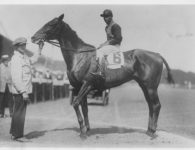
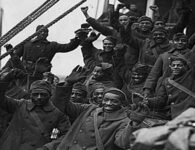
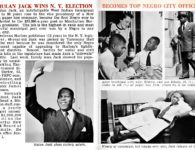
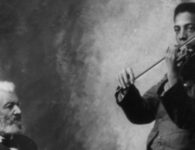
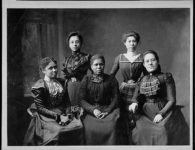

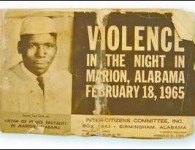

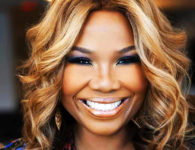
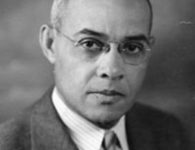


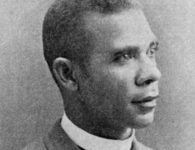
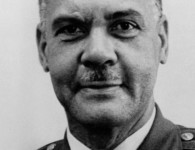
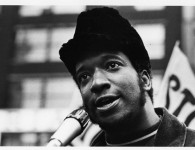

No comments